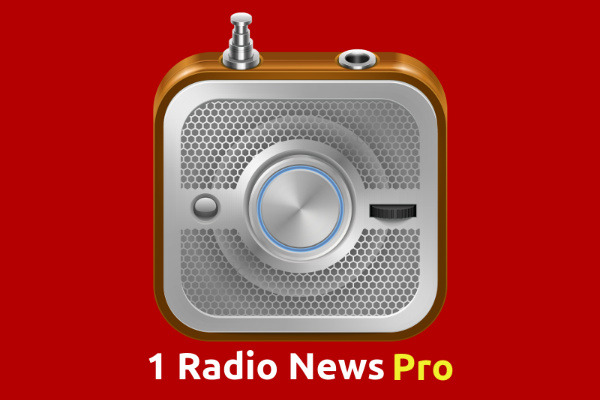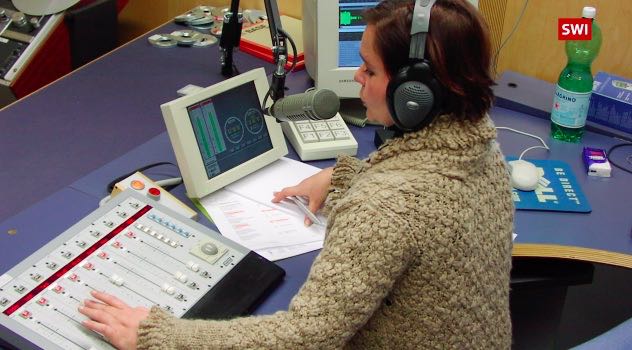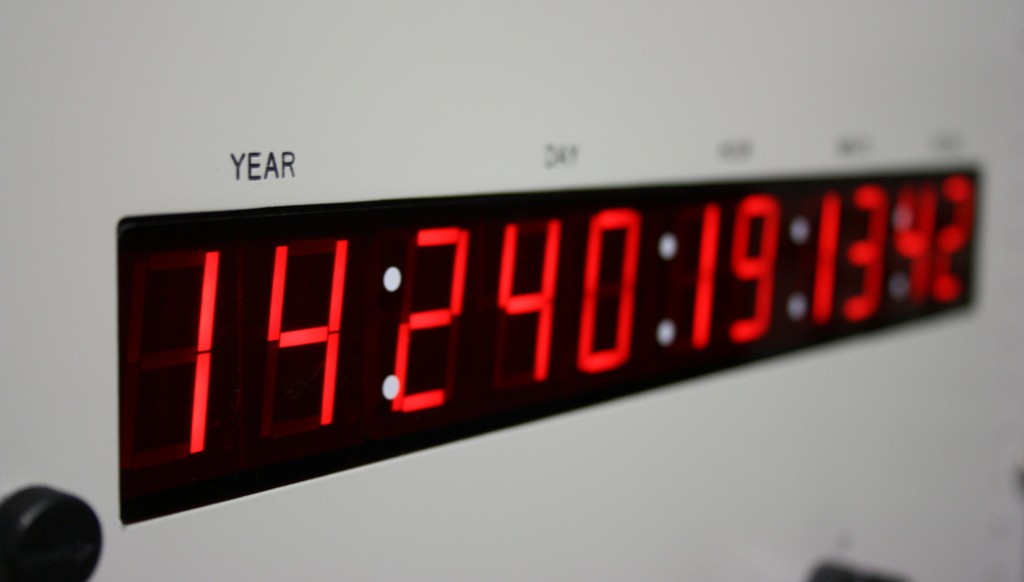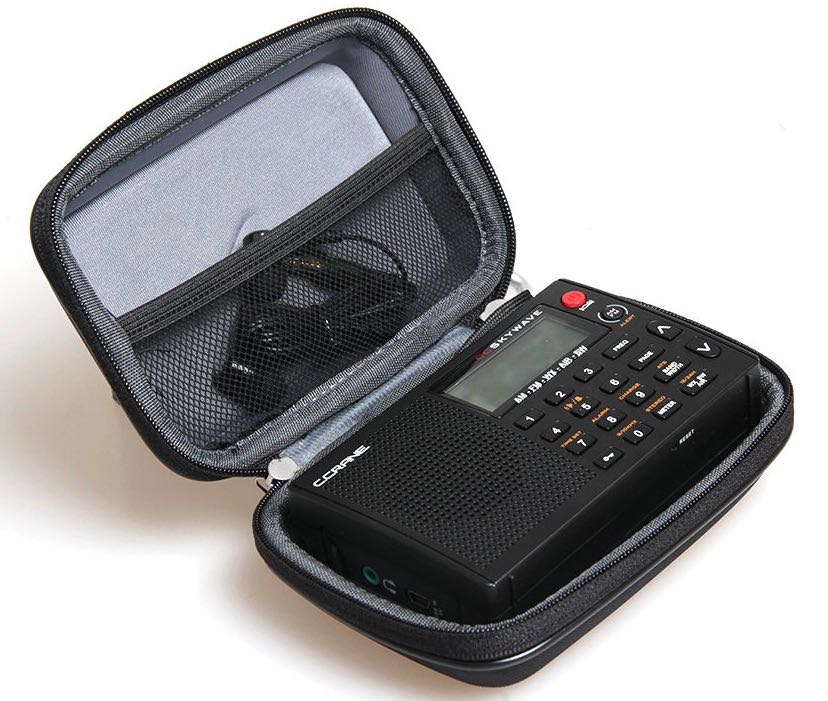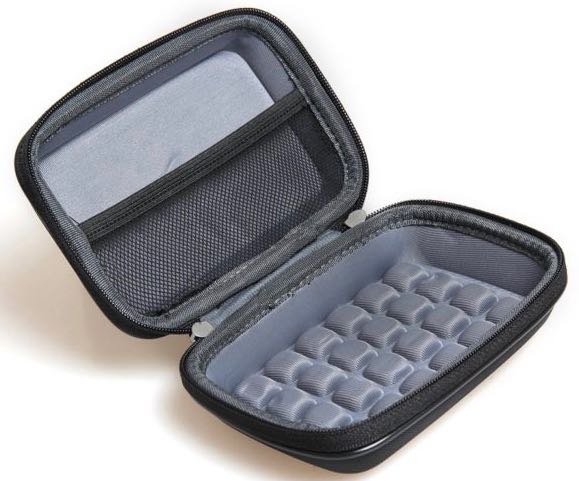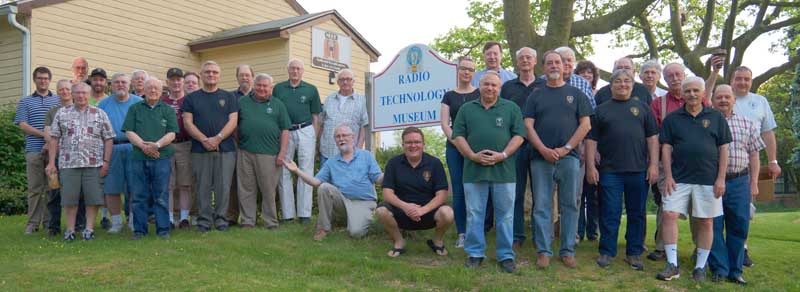Many thanks to SWLing Post contributor, Dennis Dura, who shares the following GoFundMe campaign by Steven Clift to help with the continued development of the 1 Radio News application. Here’s the summary from Steven’s GoFundMe page:
1 Radio News needs a total rebuild to work great on Android 9 and 10.
I’ve kept this world radio news hobby alive with just enough revenue to cover developer costs since 2013!
Unfortunately, Google and Android change what is required to keep what once worked great functioning well.
Without your help, 1 Radio News will be no more.
With your support, I will pass 100% of your donation to developers to make this happen. We need to raise $1000 by the end of January.
EVERY donor, at any amount, will get a free pass for a new 1 Radio News Pro in-app subscription for the life of the app.
The new Pro will be launched with a simple $1/month subscription to cover the cost of feature improvement and updating the radio streams and curated collection of the best hourly and daily news. If you don’t want to chip in now, you’ll be able to help us on a monthly or yearly basis later.
1 Radio News Pro is Dead! Long live the 1 Radio News!
The current 1 Radio News Pro “as is” will sunset at a date to be determined in 2020. If you’d rather get a refund for the current 1 Radio News Pro and not participate in our effort to keep this app alive, just get in touch via the app and I’ll give you your money back even if you used the app for half a decade.

